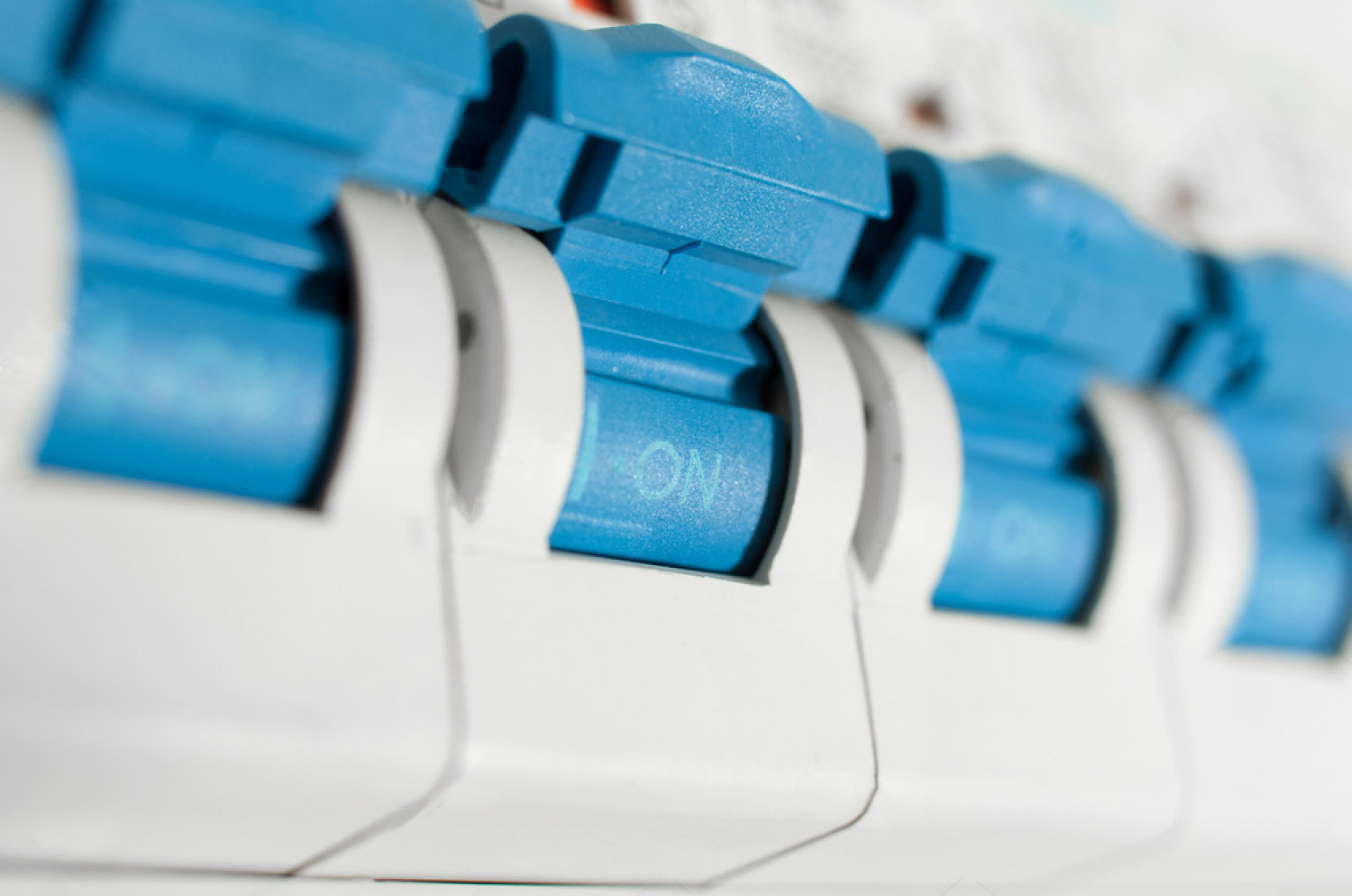
Think about how many electrical appliances you have in your home that are almost permanently plugged into an outlet in your wall. Your home entertainment system, such as your stereo and television; your lighting; computer; phone charger; kitchen appliances, the list is endless. Did you know that in less than seconds these appliances can be destroyed if they aren’t protected when a power surge strikes? Did you even know that you could protect them? Surge Protection Devices/Surge Protectors (SPDs) are relatively cheap and easy to have installed, and they can save you a lot of money in the long run.
What is a power spike/surge?
Power spikes or power surges are increases in your home’s electrical current and occur when the voltage is boosted and suddenly increases. A power spike is a short increase in voltage, acting over a small amount of time and generally causes minimal damage. A power surge, however, is a much larger influx that lasts longer and can be much more detrimental.
The most common cause of power spikes/surges are impacts on the electrical grid near your home or office, such as downed power lines or transformers. When this happens the large amount of electricity that has suddenly been disrupted needs somewhere to go, and is therefore thrust into the power lines on the street and into your home or office.
While your devices may not want to accept this influx of energy, the current is so powerful that they have no choice. If your devices are not protected at this time, the increase of energy can be too much for your appliances and they can be destroyed. This can end up being a safety hazard and a large expense on your behalf.
Lightning storms are also a cause of power surges, however during this time you should not rely solely on your surge protectors. With the influx during this time being so large, the only guaranteed way to protect your appliances during a lightning storm is to unplug them from the wall directly.
How do surge protectors help?
There are a number of methods that surge protectors use to protect your appliances. No matter what method they use though, the general idea is the same. All surge protectors keep the voltage levels flowing to your appliances below the safety threshold.
The most common method of doing this is by absorbing a large portion of the over-voltage and diverting the rest back to earth. This way your appliances only receive the same amount of energy that they always have.
It is important to understand that not all surge protectors are the same. There are different classes of surge protectors to defend your appliances from different forms of current impulses.
Class 1
These surge protectors are suitable in high risk areas that have a high probability of direct lightning strikes and are to be used in conjunction with lightning rods. They employ the ‘spark gap’ method and are perfect for buildings that require a larger amount of protection. Buildings such as petrol stations, hospitals, banks, tc should all have a class 1 SPD installed.
Class 2
This is the most common and inexpensive form of power surge defence. These surge protectors can prevent the spread of over-voltage in the electrical installations and protect the equipment connected to it, such as home appliances and power tools. This is the one that home owners should be looking to have installed as a first line of defence against power surges that occur through downed power lines or transformers in the street. Just like class 1 SPDs, these are also installed in the main switchboard in your home.
Class 3
Class 3 surge protectors have a low discharge capacity and therefore must be installed as an addition to a class 2 SPD. They are to be installed at the terminal, as close as possible to the appliance being protected.

The Fine Print
Always ensure that when having surge protectors installed that you always read the fine print. Some companies will offer warranties on your appliances if they are damaged whilst connected to their surge protectors. However, these warranties aren’t always applicable and may be voided for many reasons.
The Bottom Line
To summarise, a Class 1 SPD is to be used at the origin of the installation, a Class 2 SPD is to be installed at the switchboard, and a Class 3 SPD is to be used near the terminal equipment.
The bottom line is that purchasing a Surge Protection Device is never a bad idea. If your home doesn’t have one, the damage that can be caused to your appliances and yourself can be extensive. Home and business owners should be putting every practice into place to ensure that their appliances and buildings are protected from excessive currents and further damage.
For more information, or to have a Surge Protection Device installed, call Green Efficient Living today on (08) 8297 3422.

No comment yet, add your voice below!